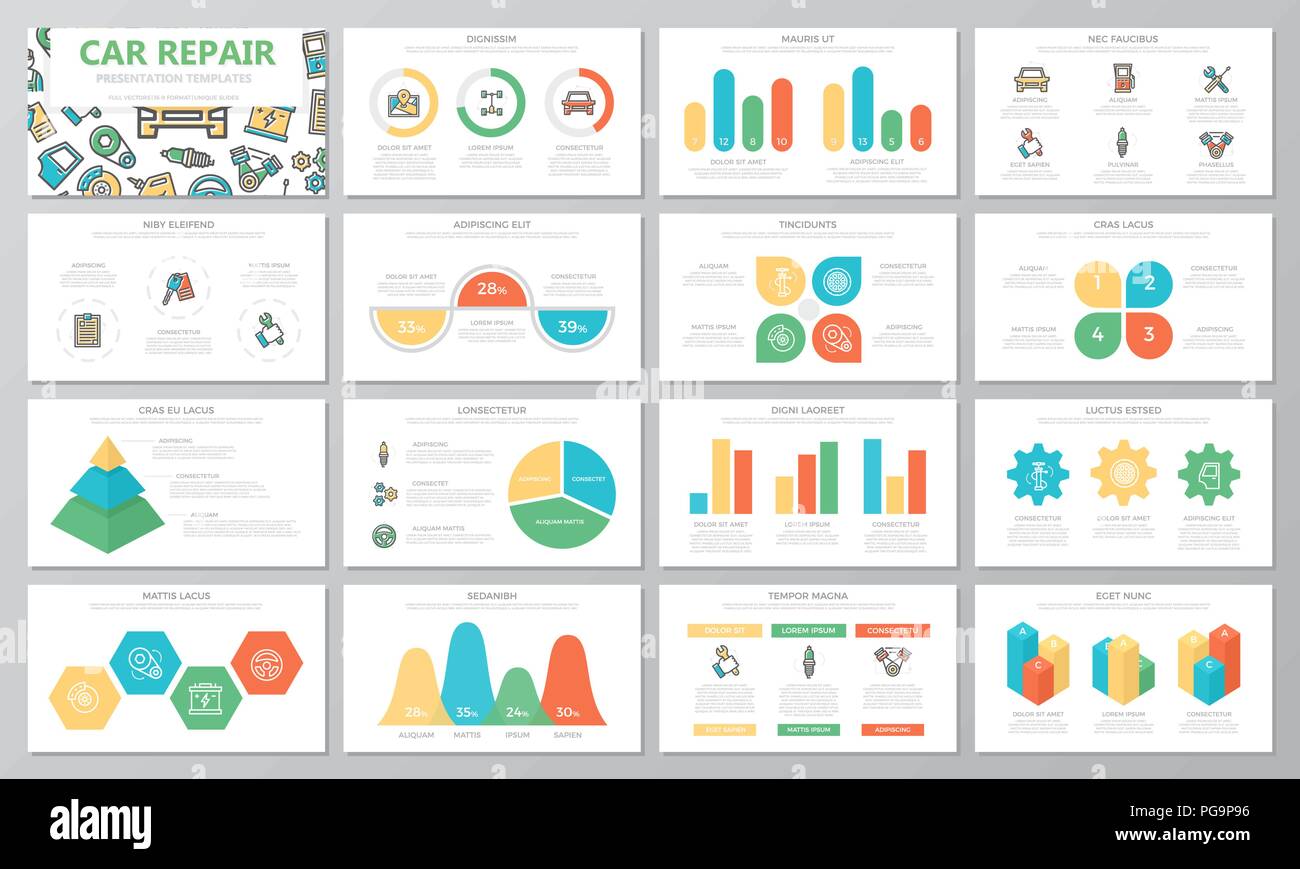Interested In Understanding The Warning Lights On Your Cars And Truck'S Control Panel? Discover Their Importance For Your Lorry'S Safety And Total Problem
Interested In Understanding The Warning Lights On Your Cars And Truck'S Control Panel? Discover Their Importance For Your Lorry'S Safety And Total Problem
Blog Article
Write-Up Author-Boye Stark
When you lag the wheel, those glowing warning lights on your dashboard can be a little bit difficult. Do you know what they're attempting to inform you about your car's health? Understanding https://ecu-tuning-software-free62840.blog5star.com/31517673/recognize-the-essential-actions-to-discover-a-credible-auto-repair-shop-that-will-ensure-your-auto-remains-in-prime-problem-your-car-is-qualified-to-the-finest-solution-available of these lights is important for your safety and the longevity of your automobile. So, the next time one of those lights appears, would not you wish to decipher its message accurately and take the necessary steps to address it?
Common Warning Lights and Interpretations
Identify common caution lights in your auto and understand their meanings to ensure safe driving.
The most normal caution lights consist of the check engine light, which indicates problems with the engine or exhausts system. If https://ecutuningsoftwarefree05049.jaiblogs.com/58102096/the-effect-of-vehicle-outlining-on-resale-value-searchings-for-from-numerous-researches begins, it's important to have your vehicle checked immediately.
The oil pressure warning light indicates low oil pressure, calling for immediate focus to stop engine damages.
A flashing battery light might suggest a faulty charging system, possibly leaving you stranded if not addressed.
The tire stress monitoring system (TPMS) light informs you to reduced tire pressure, influencing automobile security and gas effectiveness. Neglecting this could bring about hazardous driving problems.
The ABS light suggests an issue with the anti-lock braking system, endangering your capability to stop swiftly in emergencies.
Finally, the coolant temperature level cautioning light warns of engine overheating, which can result in severe damages if not dealt with quickly.
Understanding these typical caution lights will aid you attend to issues promptly and maintain secure driving conditions.
Relevance of Prompt Attention
Comprehending the typical warning lights in your car is only the first step; the importance of quickly attending to these warnings can not be stressed enough to guarantee your safety when traveling.
When a caution light brightens on your control panel, it's your vehicle's way of connecting a prospective concern that requires interest. Neglecting these cautions can bring about extra severe issues down the road, endangering your security and potentially costing you extra out of commission.
Motivate attention to warning lights can protect against breakdowns and accidents. For example, a blinking check engine light can suggest a misfire that, if left ignored, could cause damage to the catalytic converter. Resolving this without delay can save you from a costly fixing.
In a similar way, a brake system cautioning light might indicate reduced brake liquid or worn brake pads, critical components for your safety and security when driving.
DIY Troubleshooting Tips
If you see a caution light on your dashboard, there are a few DIY repairing ideas you can try prior to seeking specialist aid.
The first step is to consult your automobile's guidebook to comprehend what the certain warning light shows. Sometimes see here now can be as simple as a loosened gas cap triggering the check engine light. Tightening up the gas cap might fix the issue.
An additional usual concern is a reduced battery, which can set off different advising lights. Inspecting the battery connections for corrosion and ensuring they're safe might deal with the issue.
If a caution light continues, you can attempt resetting it by separating the cars and truck's battery for a few minutes and afterwards reconnecting it. Additionally, examining your automobile's fluid levels, such as oil, coolant, and brake fluid, can assist fix cautioning lights connected to these systems.
Conclusion
In conclusion, comprehending your cars and truck's warning lights is necessary for maintaining your vehicle running efficiently and safely. By immediately dealing with these informs and knowing what they suggest, you can prevent costly repairs and possible failures.
Remember to consult your auto's manual for particular details on each alerting light and do something about it accordingly to guarantee a trouble-free driving experience.
Keep informed, remain secure on the road!
